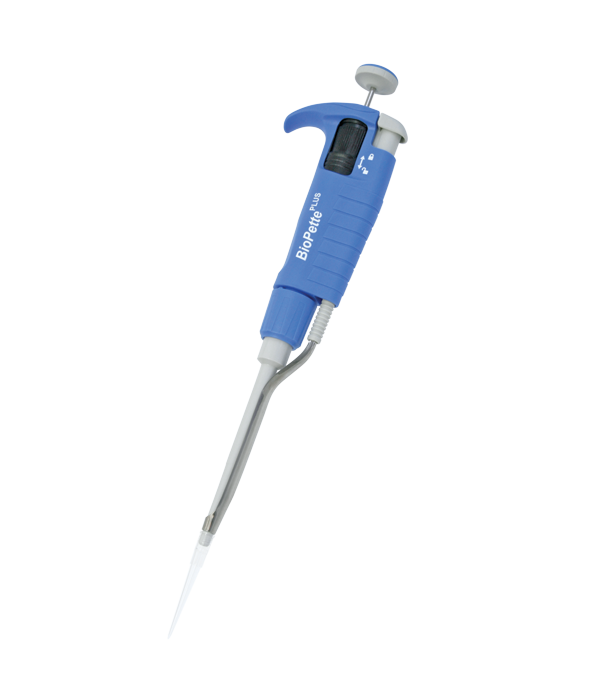
Get the Most Out of Your Pipetting with these Pipetting "Tips"
13 Oct 2017
Pipette Best Practices
High volume pipetting as part of daily lab work can quickly become routine. Before engaging the autopilot during this vital lab task, take a minute to review these best practices.
To make it easy to recall, we used something that you usually try to ignore: TV ADS. Don’t fast forward through these reminders!
T: Tip Selection
Selecting the correct pipette tip is a critical step in assuring good lab practice. Labnet International’s BioPette Plus line is designed with a universal shaft that fits a majority of commonly available tips. Your lab supplier can make sure that you are using the correct tip for your application. Using the incorrect tip can lead to inconsistent results and inaccurate results.
V: Vertical Positioning
Proper orientation can make the difference between quick, clean, accurate well filling and a messy, foamy, contaminated mess. Straight, up-and-down positioning is vital to minimizing air aspiration that will cause bubbles or foam upon dispensing. When not in use, pipettes should always be stored vertically on a carousel or rack to prevent any sample from contaminating the pipette.
A: Aspiration Form
When used properly, Labnet International pipettes are designed to aspirate a uniform sample amount every time. Repeatability and consistency are easy to assure when you practice proper Aspiration. Determine the proper immersion depth according to tip capacity and sample type. Vertical positioning and careful avoidance of touching the sides of the sample container will reduce the possibility of contamination.
D: Dispensing Form
As will all pipetting work, keep the pressure on the plunger uniform and consistent. Consistent pressure will lead to consistent results. Unlike Aspiration where one should avoid touching the side of the sample container, it is critical to dispense against the side of the receiving container. By touching-off against the side of the receiving container, one can assure that the full, measured amount of sample is dispensed without a drop clinging to the tip.
S: Set it Aside
When not actively aspirating or dispensing, set the pipette in a vertical position on a rack or carousel. Thermal transfer of your body heat will change the density and fluidity of the sample. This change in temperature will affect the volume of sample dispensed and lead to inconsistent results.
By paying attention to TV ADS and employing these best practice tips you can be confident of consistent results every time. And don't forget - pipette maintenance and calibration are also a must! Regular cleaning and at least semi-annual calibration of your laboratory pipettes will help guarantee better repeatability and consistency.
If you have any questions about tip selection, accessories or best practices, contact your Labnet International Account Representative or call us 800-492-1110 option 2. We are committed to your success.

